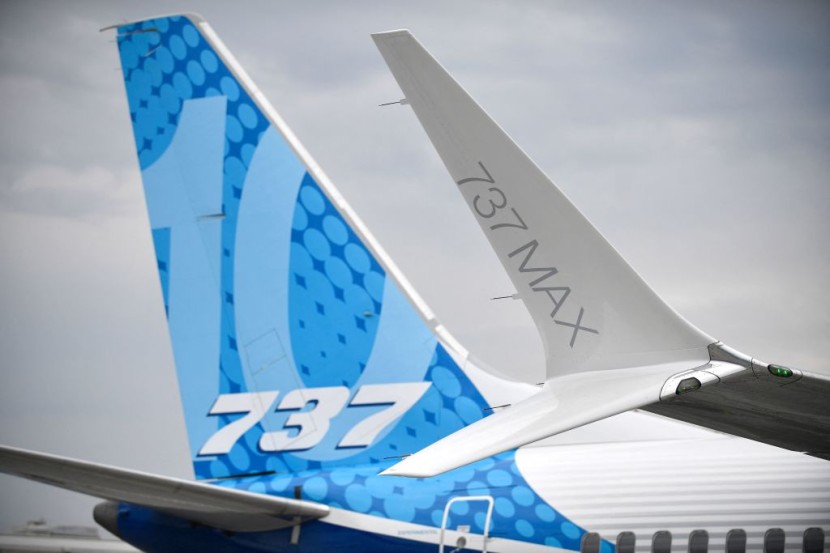After the United States government banned increases in manufacturing of the 737 MAX, worries were raised about the development plans of airlines and suppliers globally. This comes after the burst of a panel on an Alaska Airlines Boeing plane, which further hampered the aerospace sector.

FAA's Involvement
Late on Wednesday, January 24, the Federal Aviation Administration (FAA) revealed the unusual involvement in production schedules, lifting the MAX 9 model's partial suspension after inspections.
According to the FAA, the decision allowed Boeing to maintain the existing monthly rate of MAX aircraft production but did not let it expand at that level. It did not say how many aircraft Boeing could make monthly or how long the restriction would be in effect.
In a report by Reuters, US MAX 9 operators United Airlines and Alaska Airlines were relieved to be able to start flying again after they had to postpone thousands of trips due to the past incident. United Airlines plans to restore the jets to service on Sunday, January 28, while Alaska Airlines plans to begin returning them on Friday, January 26.
Experts warned the FAA's reaction to poor quality controls after a door plug was lost at 16,000 feet on January 5 might delay airline delivery of new aircraft and damage suppliers already struggling from the MAX issues and the COVID-19 pandemic.
'Unacceptable' Quality Assurance
In order to meet demand and catch up to European planemaker Airbus in the jet industry, Boeing is looking to boost manufacturing of its best-selling single-aisle 737 MAX series.
The smaller and more popular MAX 8, which generates a lot of revenue for Boeing and many of its suppliers, is a potential target of increased scrutiny by analysts in the wake of the MAX 9 door plug rupture.
Administrator Mike Whitaker of the FAA said, "The quality assurance issues we have seen are unacceptable." He then announced the hold on any growth in MAX manufacturing until the issues were remedied. "That is why we will have more boots on the ground closely scrutinizing and monitoring production and manufacturing activities."
To improve quality and safety, Boeing said that it will adhere to the FAA's directions while continuing to collaborate "fully and transparently" with the agency.
Estimated Output
Boeing CEO Dave Calhoun said last October that the firm aims to produce 38 MAX jets per month by the end of 2023.
Reuters reported in December that the most recent 737 master schedule, which establishes the manufacturing pace for suppliers, shows that monthly output is expected to grow to 42 planes in February, 47.2 in August, 52.5 by February 2025, and 57.7 in October 2025.








